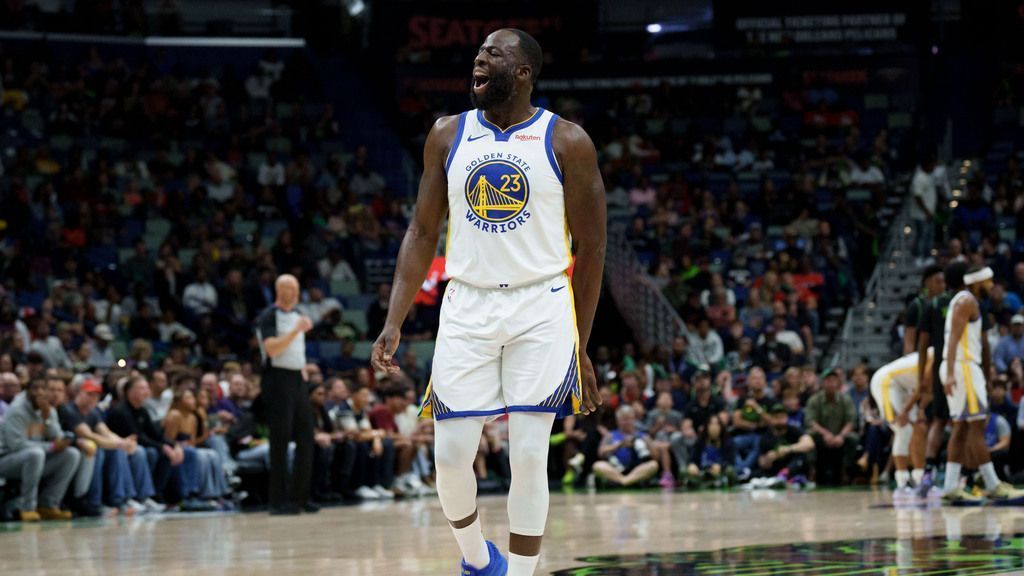Big Ten proposal More than $2 billion private capital deal The move is facing headwinds after a joint meeting between Michigan and USC trustees on Tuesday afternoon raised unifying questions about the plan, multiple sources on the call told ESPN.
During the call the two schools discussed their shared doubts. One important point: This deal does not address the core issue – rising costs – that has made the need for cash so urgent for athletic departments. Just providing short-term funds will not solve the problem, sources said.
Schools also cited pending federal legislation that makes it difficult to predict the future of college athletics, as well as a general fear of selling equity in university property (conference media rights).
Sources said both Michigan and USC believe there are funding options that could offer better terms and they would like to slow the process down and explore them. The meeting agreed that the goal should be to help Big Ten schools that need money, but on the most favorable terms without giving up equity.
Although the questions are numerous, it is not certain how much influence the trustees can have on the proposal, let alone alter or stop the process. The complex agreement remains fluid and negotiations and work on it continue, meaning that despite current opposition, an agreement can still be worked out.
That said, having two of the league’s biggest and most well-known athletic brands facing off is no small feat.
The outline of the unprecedented deal would send a significant amount of money (in the range of at least $100 million) to each of the Big Ten schools. In exchange, the league would create a new entity, Big Ten Enterprises, which would own all leaguewide television rights and sponsorship contracts through 2046. Individual schools will still retain local radio and other deals.
Ownership shares in Big Ten Enterprises will come to the league’s 18 schools, the conference office and Capital Group – an investment fund tied to the University of California Pension System. The UC pension fund will get a 10% stake in Big Ten Enterprises and have specific minority investor rights but no direct control, according to sources. The exact equity amount per school is still under negotiation among Big Ten enterprises.
There is expected to be a small difference in the percentage of equity remaining between schools favoring the league’s largest athletic brands, but it is likely to be less than a percentage point. There is also expected to be a tiered system for initial payments, with the lowest amount in the nine-figure range. Larger athletic departments could receive more than $150 million.
The deal would seek to extend the league’s rights grant until 2046, giving the league long-term stability and further expansion and with no possibility of league schools leaving to form a so-called Super League.
A conference-wide call with league presidents and athletic directors on the deal was tentatively planned for Thursday, but more work could be done before then if Michigan and USC can win out. No official vote has been scheduled.
“Setting up a structure that can maximize that activity is important,” Big Ten commissioner Tony Petti said at the league’s basketball media days last week. “Whether we need strategic investments to help us or not, we’ll decide. But that will be done by all 18 leaders, and I think it’s no different than looking at other buckets we have to maximize resources. It’s another way that may or may not be available to us.”
Although governance on campuses varies by institution, USC and Michigan both have interim presidents, meaning their boards of trustees can exert more influence than usual, especially on a 10-figure deal that could last for decades.
The pension fund is not a private equity firm, which has been attractive to the Big Ten and its schools. According to sources, UC Fund’s valuation proved to be higher than other competing bids, making it attractive.
It is believed that the money investment is in dire need of many Big Ten schools, which are struggling with debt payments on new construction, rising operating expenses, and providing additional scholarships and direct revenue to athletes ($20.5 million and expected to grow annually).
Just this week, Penn State terminates football coach James Franklin’s contract And it may owe as much as $49 million, although that figure could be reduced.
The Big Ten has argued that the deal would reduce financial strain and help mid- and lower-tier Big Ten schools compete in football against the SEC.












